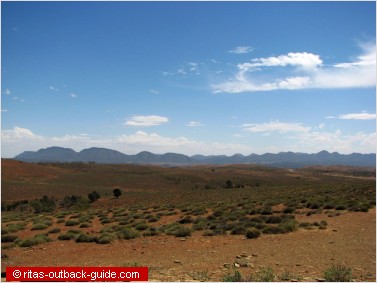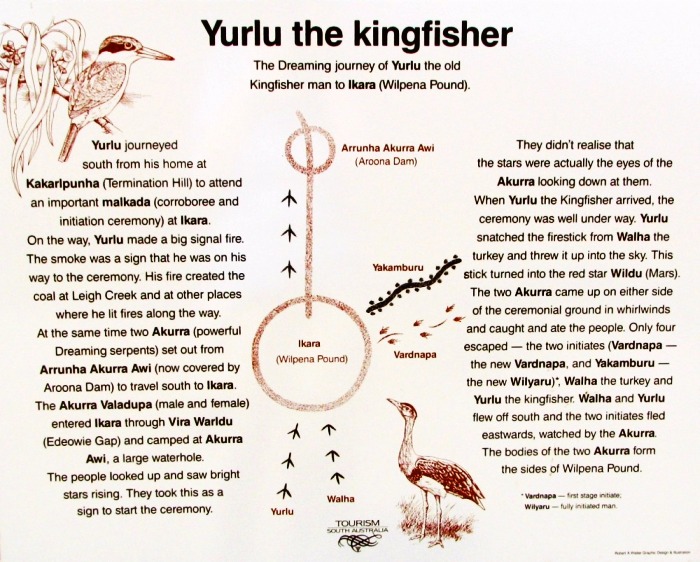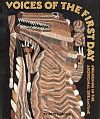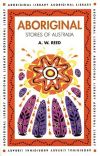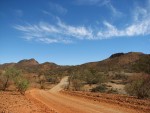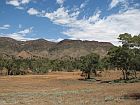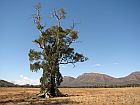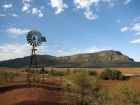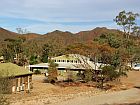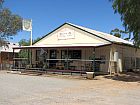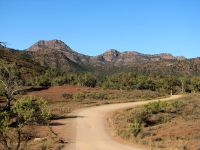
Aborigines of the Flinders Ranges
Discover ancient myths of Outback Australia
The Aborigines of the Flinders Ranges are the Adnyamathanha people who have been living in the area for thousands of years.
Are you interested in Aboriginal culture? - Let me take you on a mythical journey to sacred places and fascinating stories.
The local Adnyamathanha - that means hills or rock people - have a deep understanding of the land. Their stories of how this ancient landscape was created are as fascinating as the scientist's explanations.
Many natural features throughout the Flinders Ranges are connected with stories from the "creating time". Aboriginal dreamtime and dreaming are also terms white men use to explain what the Aborigines call "Tjukurrpa".
The last full-blooded Adnyamathanha died in 1973, but many members of this tribal group live in the area. They have still strong ties to the land.
This photo was taken from an information sign on Stokes Hill lookout. You have a beautiful view of Wilpena Pound from there.
Capital Cities
Accommodation
Special Interests
- General Facts
- Australian States
- Photo Gallery
- Climate & Bushfires
- Australian Wildlife
- Australian Opal
Rent A Campervan
Sacred Canyon
Sandstone walls with ancient Aboriginal rock engravings can be found in this small chasm. The canyon is only 19 km from the Wilpena Pound resort.
A rough track runs from the main road to the car park at the gully's entrance. A short and pleasant walk along a dry creek bed lined with majestic river red gums leads you to the canyon.
The age of the engravings is not known, but the Adnyamathanha people believe that the engravings were not made by people but were created for them by ancestral beings during the "Dreaming".
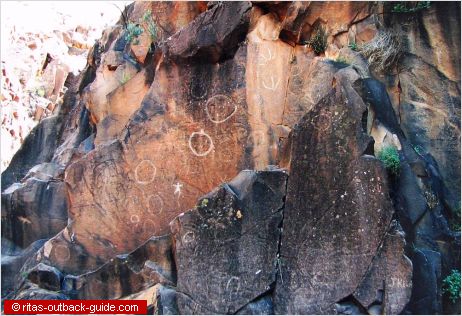
Arkaroo Rock
Arkaroo Rock is a small but important art site of the Aborigines in the Flinders Ranges. Ochre and charcoaled images of emu and bird tracks describe the creation of Wilpena Pound.
Arkaroo rock is at the southern boundaries of Flinders Ranges National Park. From the car park it is an easy walk of about one hour (one way) to the site. Enjoy the open forest and the bird life.
Recommended Reading
Aboriginal dreamtime and culture is a complex social and spiritual system that is not always easy to understand for rationally thinking white people. However, for many it is a fascinating subject.
"They say we've been here for 60,000 years, but it is much longer. We have been here since the time before time began. We have come directly out of the dreamtime of the great creative ancestors. We have lived and kept the earth as it was on the first day. All other people of the world came from us." Aboriginal tribal elder. (Citation from the book Voices of the First Day: Awakening in the Aboriginal Dreamtime). Aboriginal Stories of Australia (Aboriginal library)Enjoy this fascinating collection of Aboriginal myths and legends. The stories were gathered from various sources and represent various beliefs of Aboriginal people throughout Australia. The Adnyamathanha people are proud to share their rich culture with visitors. You can even stay at two small communities in the northern Flinders Ranges, Nepabunna and Iga Warta. People of both communities are happy to share their knowledge of the land, and take you to places you would never reach on your own.
Aboriginal Stories
Yura Muda (Adnyamathanha Dreaming)
All the features of the land have a spiritual significance for Aboriginal people. The Flinders Ranges are the traditional home of the Adnyamathanha.
The Dreaming stories record the adventures of powerful ancestral beings. Sometimes in human form, sometimes in animal form, they created all the features of the land, and through their exploits, traditional Aboriginal Law is revealed. With this vast "history" Adnyamathanha preserved their knowledge of the land, traditional law and guidelines for everyday living.
(Source: info sign at Stokes Lookout)
Akurra the serpent
Akurra is a powerful dreamtime serpent, he lives always in or near water. There are many places in the Flinders Ranges that relate to Akurra's presence in the landscape.
Akurra can be at many places at once, single or as two Akkuras.
One story tells about the creation of waterholes in the Gammon Ranges.
Akurra was very thirsty, so he went to Lake Frome to drink. Akurra drank the entire salt water lake dry. While he went home, his bloated body carved gorges and made waterholes at places he camped.
These waterholes are: Arkaroola waterhole (Akurrula Awi), Nooldoonooldoona (Nuldanuldanha), Bolla Bollana (Valivalinha), Mainwater Spring (Adlyu Vunhu Awi), and Yacki waterhole (Yaki Awi) where he finally stopped.
Here Akurra sits in the sun. His belly rumbling causes minor earth tremors every now and then.
(Source: Explore the Flinders Ranges by Sue Barker)
Mandya and Urdlu (The Euro and the Kangaroo)
Long ago, when the whole country was featureless and flat, Mandya (the Euro) and Urdlu (the kangaroo) lived at Puthadamathanha.
Then one day they had a terrible fight over tucker. Mandya pulled Urdlu and stretched his arms, fingers and legs until they were very long.
At the same time, Urdlu pressed Mandya's fingers and legs and they became short.
Urdlu and Mandya separated. Poor old wounded Mandya made his way to Varaardlanha (Paralana Hot Springs), where he created the ranges and hills.
Urdlu looked back and saw the hills coming down the plain. Then, with a big sweep of his tail, Urdlu pushed the ranges back to where they are today.
The spirit of Mandya can still be seen in the form of a pointed hill, looking out over the plain. He is known to Adnyamathanha as Thudupinha (Freeling Heights).
(Source: info sign at Stokes Lookout)
